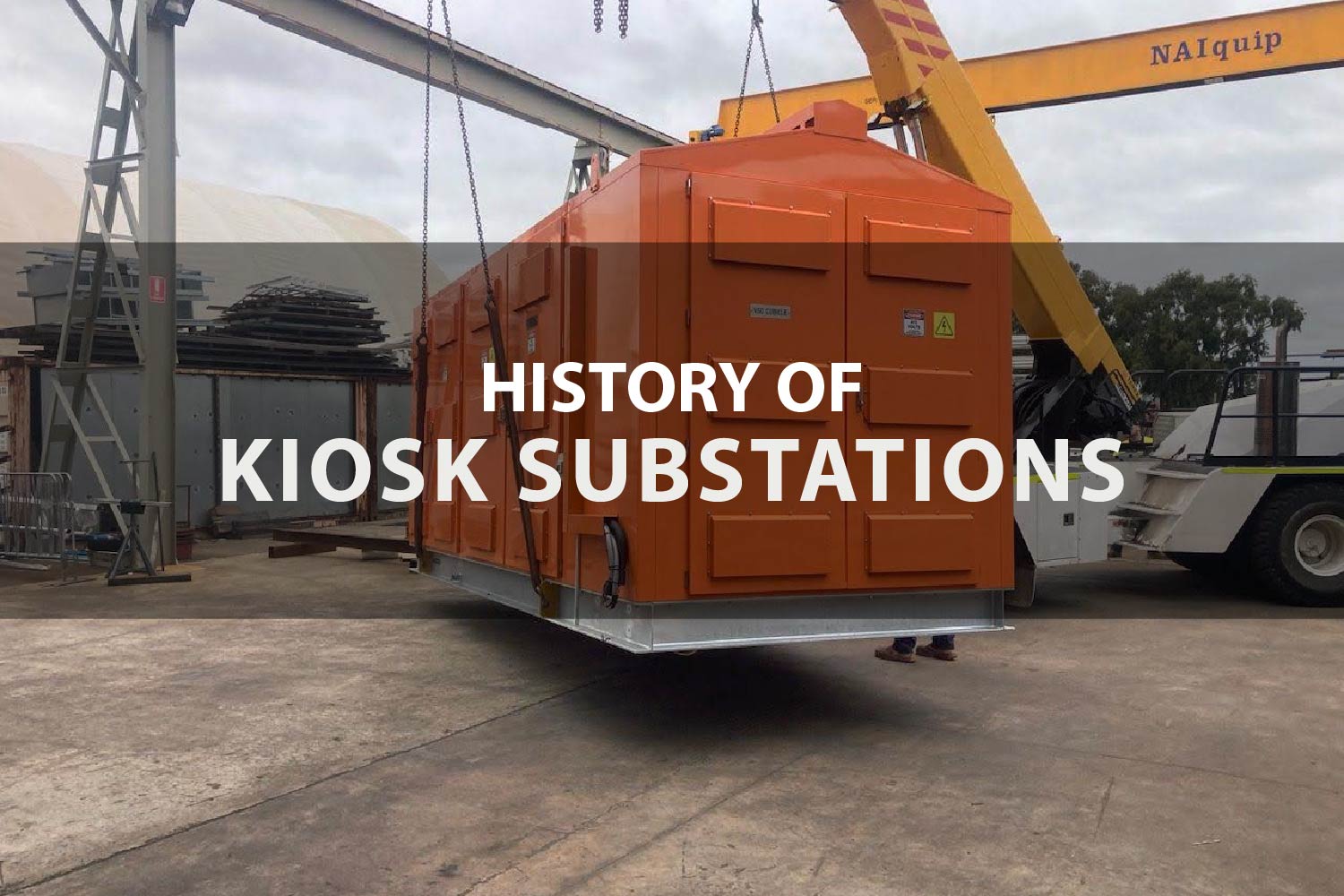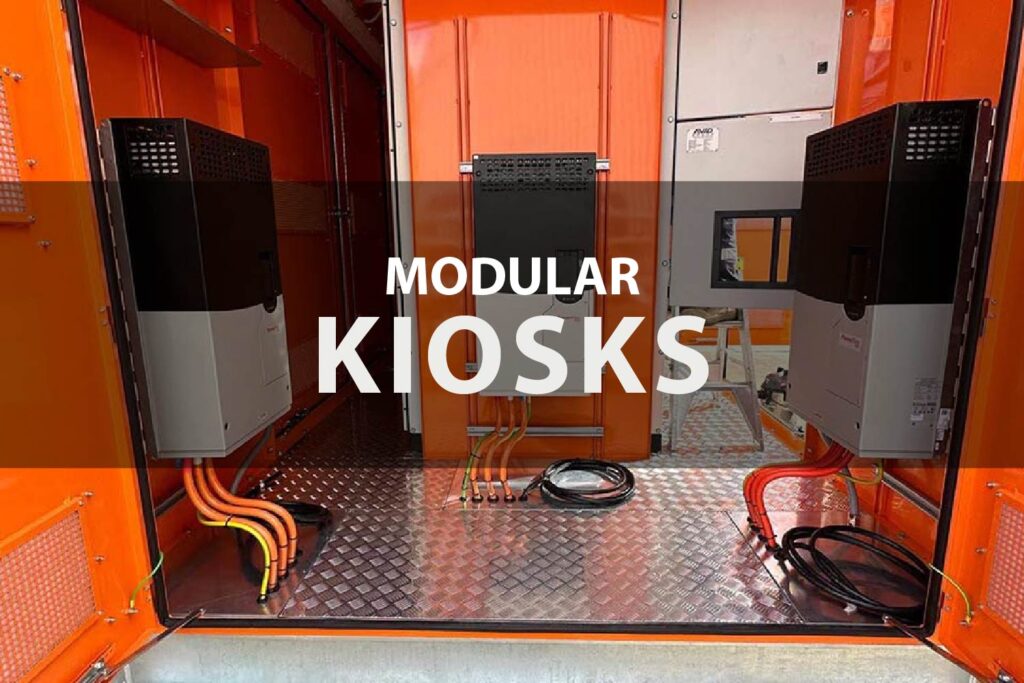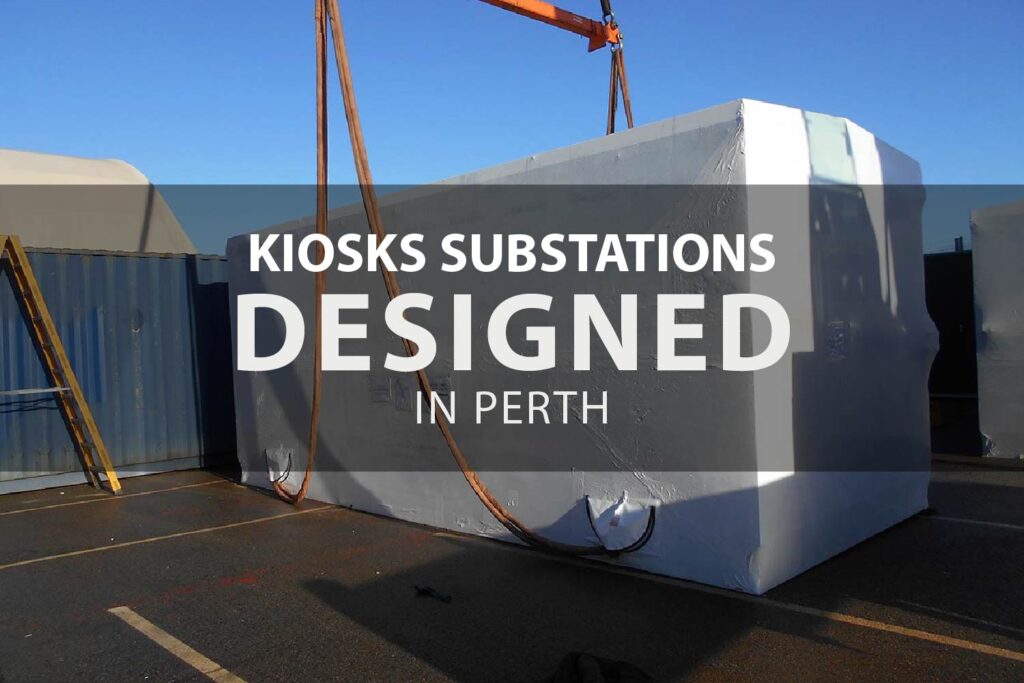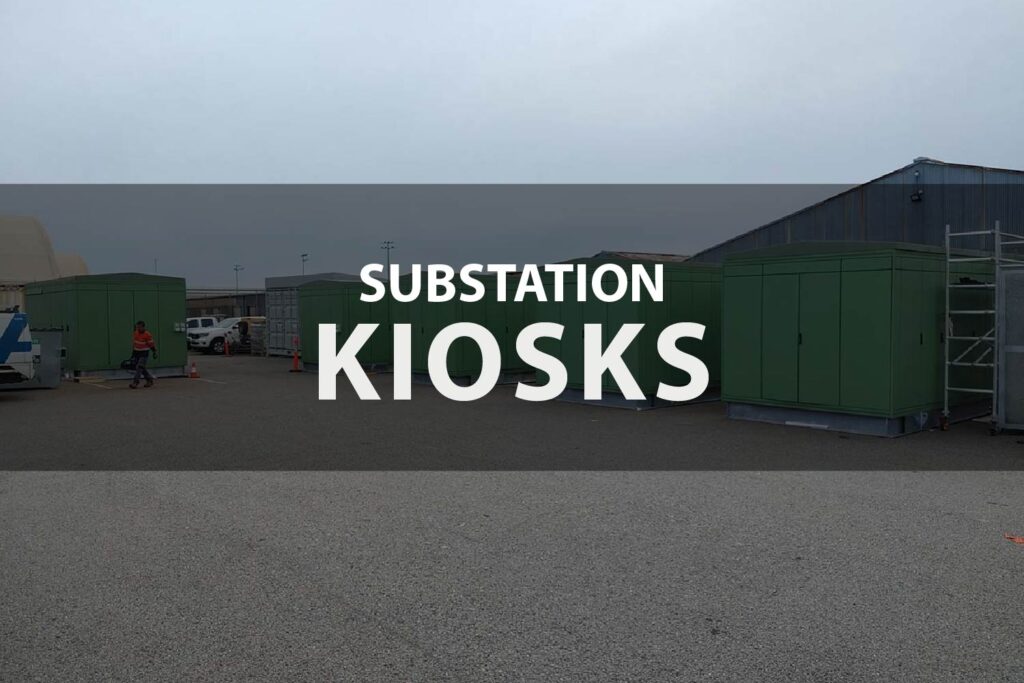Kiosk substations, compact and self-contained power distribution units, have been instrumental in the evolution of electrical power systems. Over the decades, their design, functionality, and deployment have transformed significantly, reflecting advancements in engineering, increasing energy demands, and the shift toward sustainability. This article explores the history of kiosk substations, tracing their origins, technological milestones, and the pivotal role they play in modern power distribution.
Origins of Substations
The concept of substations emerged in the late 19th century during the advent of electrical power systems. Initially, power generation was localized, with small-scale facilities supplying electricity directly to consumers. As demand grew and power systems expanded, it became evident that intermediate facilities were needed to manage and distribute electricity efficiently. These facilities, known as substations, played a critical role in stepping down the high-voltage electricity generated at power plants to levels suitable for residential, commercial, and industrial use.
Early Development of Kiosk Substations
The earliest kiosk substations can be traced back to the early 20th century. These substations were designed to meet the growing need for compact and reliable solutions for urban power distribution. Unlike traditional open-air substations, which required significant space and infrastructure, kiosk substations were enclosed units that offered protection against environmental factors and enhanced safety.
Initially, kiosk substations were relatively simple in design. They housed transformers and basic switchgear, enabling the step-down of voltage and rudimentary control of electrical distribution. These early models were constructed using materials like wood and steel, offering limited durability and insulation. Despite their limitations, they marked a significant step forward in the electrification of cities, enabling the safe and efficient distribution of power in densely populated areas.
The mid-20th century was a period of rapid industrialization and urbanization, leading to a surge in electricity consumption. This era also saw significant advancements in electrical engineering and materials science, which had a profound impact on the development of kiosk substations.
Post-World War II, the demand for reliable and scalable power distribution systems accelerated. Kiosk substations evolved to incorporate more advanced components, such as oil-filled transformers and circuit breakers. These innovations improved the reliability and safety of the substations while reducing maintenance requirements.
In addition, the introduction of standardized designs and modular components streamlined the production and deployment of kiosk substations. This standardization facilitated their widespread adoption in both urban and rural settings, enabling electrification projects to reach previously underserved areas.
By the 1970s and 1980s, the focus shifted toward making kiosk substations more compact and efficient. Advances in insulating materials, such as the development of synthetic resins and polymer composites, allowed for smaller and lighter designs. Gas-insulated switchgear (GIS) technology emerged during this period, further reducing the size of substations while enhancing their performance and reliability.
Automation also began to play a significant role in the operation of kiosk substations. The integration of remote monitoring and control systems allowed utility companies to manage substations more effectively, reducing downtime and improving service reliability. These technological advancements not only enhanced the functionality of kiosk substations but also contributed to their aesthetic appeal, making them more suitable for installation in urban environments where space was limited, and visual impact needed to be minimized.
The late 20th and early 21st centuries marked the beginning of the digital revolution, which brought about transformative changes in the energy sector. Kiosk substations were no exception, benefiting from innovations in digital technology and the emergence of the smart grid concept.
Digital relays and sensors replaced traditional electromechanical devices, providing more accurate and reliable data on the performance of substations. These advancements enabled real-time monitoring and predictive maintenance, reducing the risk of failures and optimizing operational efficiency.
The integration of kiosk substations into smart grids further enhanced their functionality. Equipped with advanced communication systems, these substations became critical nodes in intelligent energy networks, capable of dynamically responding to changes in demand and supply. This capability was particularly important in accommodating the growing share of renewable energy sources, such as solar and wind, which introduced variability into power generation.
In recent years, sustainability has become a driving force behind the development of kiosk substations. As the world grapples with the challenges of climate change and the transition to cleaner energy sources, the design and operation of substations have evolved to align with environmental goals.
Modern kiosk substations are designed with energy efficiency and sustainability in mind. They incorporate eco-friendly materials and technologies, such as dry-type transformers that eliminate the need for oil-based insulation. In addition, many substations are now equipped with renewable energy generation and storage capabilities, enabling them to function as microgrids and support the transition to decentralized energy systems.
Another notable innovation is the use of digital twin technology, which creates virtual models of physical substations. This technology allows engineers to simulate and optimize the performance of substations, identify potential issues, and plan maintenance activities more effectively. The result is improved reliability, reduced downtime, and lower environmental impact.
Today, kiosk substations are deployed across the globe, serving a wide range of applications. In urban areas, they provide reliable power distribution in compact spaces, often integrated seamlessly into the built environment. In rural and remote regions, kiosk substations enable electrification projects that bring power to underserved communities, fostering economic development and improving quality of life.
Industries also rely heavily on kiosk substations to meet their energy needs. From manufacturing plants to data centers, these substations ensure the efficient and uninterrupted supply of electricity critical for operations. In addition, kiosk substations play a key role in infrastructure projects, such as railways, airports, and hospitals, where reliable power is essential.
Despite their many advantages, kiosk substations face several challenges. The increasing complexity of power systems, driven by the integration of renewable energy and the electrification of transportation, requires continuous innovation in substation design and operation. Cybersecurity is also a growing concern, as the digitalization of substations makes them potential targets for cyberattacks.
Looking ahead, the future of kiosk substations is likely to be shaped by advancements in technology and the evolving needs of the energy sector. Artificial intelligence and machine learning are expected to play a significant role in optimizing the operation of substations, enabling predictive maintenance and autonomous decision-making. The integration of energy storage systems, such as batteries and supercapacitors, will enhance the ability of kiosk substations to manage fluctuations in demand and supply.
Furthermore, the transition to carbon-neutral energy systems will drive the development of greener and more sustainable substation technologies. Innovations in materials science, such as the use of biodegradable insulating materials and recyclable components, will reduce the environmental footprint of substations.
The history of kiosk substations is a testament to the ingenuity and adaptability of engineers and energy professionals. From their humble beginnings as simple enclosures for transformers and switchgear, kiosk substations have evolved into sophisticated, multifunctional units that are integral to modern power systems. As the energy landscape continues to change, kiosk substations will undoubtedly play a crucial role in shaping a sustainable and resilient energy future.




